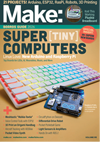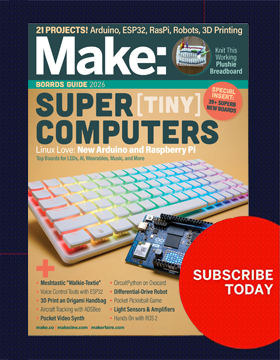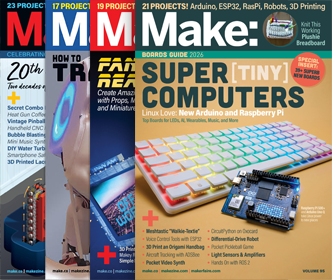Real-life “landspeeder” prototype
Noah Shactman just brought Israeli defense contractor Urban Aeronautics’ AirMule VTOL UAV project to my attention. The photo released by Urban Aeronautics, shown above, purports to show the first successful hovering flight of an AirMule prototype, secured against wandering off by guy-wires. Video would’ve been more persuasive. The design goal of the AirMule project is to produce an unmanned vehicle that can be used to ferry supplies into, or wounder soldiers out of, a hostile, closely-packed urban combat environment. [via Danger Room]








